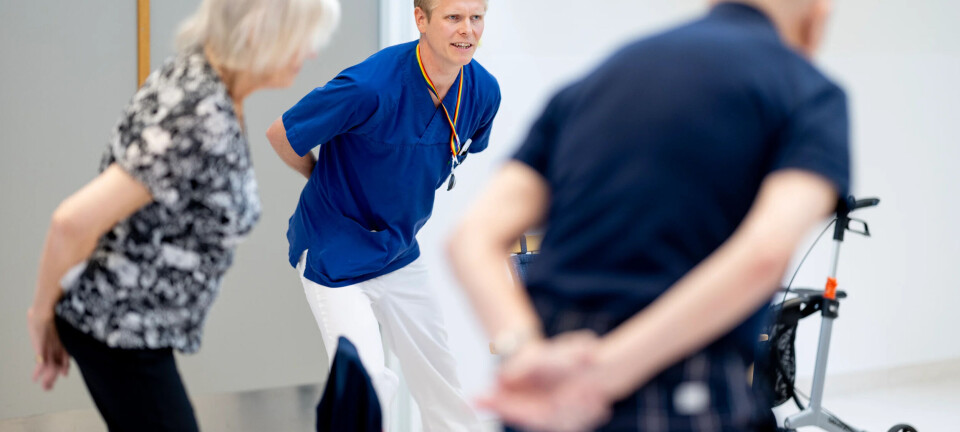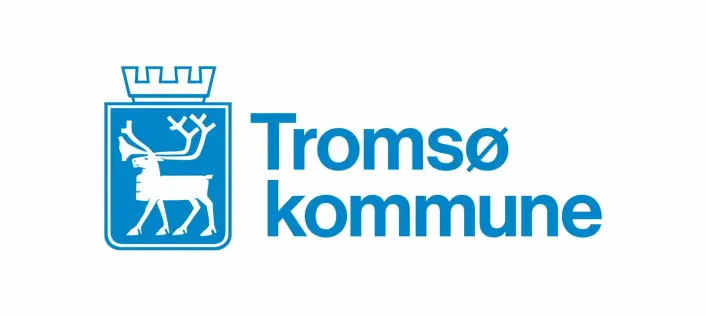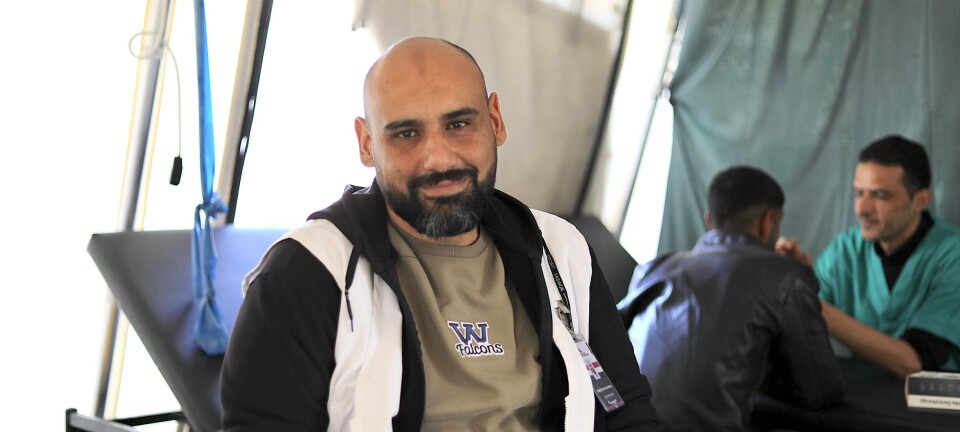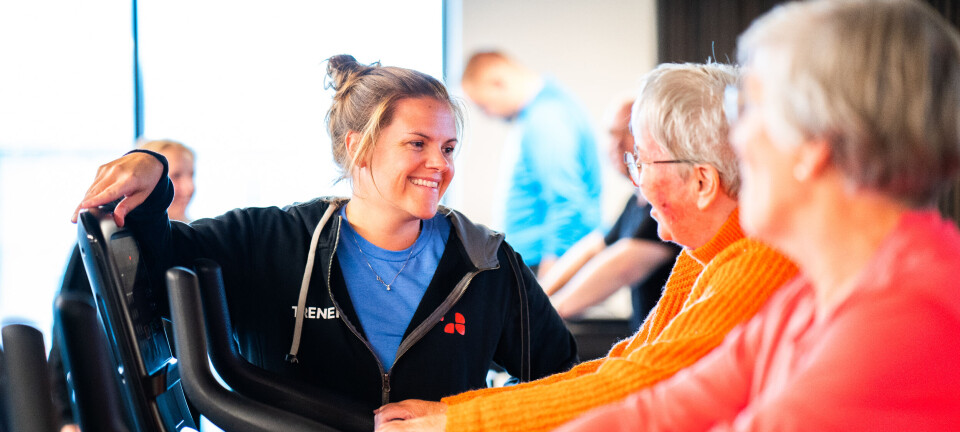Wearing pedometers in conjunction with daily stepgoals and incentives can increase physical activity among children
Blikk på forskning i Fysioterapeuten 7/2014.
Blikk på forskning utarbeides i samarbeid med Journal of Physiotherapy (Australia), som trykker forskningspresentasjonene under betegnelsen Critically appraised Papers, CAPs.
Synopsis
Summary of: Finkelstein EA, et al (2013) A cluster randomized controlled trial of an incentive-based outdoor physical activity program. J Pediaitr DOI 10.1016/j.jpeds.2013.01.009. [Prepared by Nora Shields, CAP Editor.]
Question: Does an incentive-based physical activity intervention increase physical activity and fitness in children aged 6–12 years?
Design: Cluster randomised, controlled trial with concealed allocation and blinded outcome assessment.
Setting: Hospital and community settings in Singapore.
Participants: Healthy children aged 6–12 years. Children with any severe chronic medical condition, such as Type 1 diabetes, were excluded. Randomisation of 212 families (285 participants) allocated 106 families (138 participants) to the incentive-based physical activity program group and 106 families (147 participants) to a control group.
Interventions: Both groups received pamphlets presenting information on the benefits of physical activity. In addition, the intervention group participated in a 9-month incentive-based physical activity program. Participants in the intervention group received information on structured weekend outdoor activities including 2–3 hour hikes at nature reserves and parks, and families were encouraged to attend sessions at least twice a month. The children in this group also received a pedometer to track daily steps taken, and were offered incentives to meet a goal of 8000 steps per day. Each child who logged 8000 steps per day for at least half of the days in a month received a voucher worth SGD$30. Prizes of SGD$120 were awarded via lotteries held monthly for children who met their monthly pedometer step goal and attended at least two outdoor sessions per month. The control group continued with their usual daily activities.
Outcome measures: The primary outcome was the mean number of steps per day in the last week of the 9-month program. The pedometers worn by children in the intervention group were unsealed but children in the control group wore sealed pedometers. Secondary outcome measures were 6-minute walk test (6MWT) distance, Pediatric Quality of Life Inventory, and body mass index.
Results: 251 children (mean age 8.2 years, SD 1.5) completed the study. At the end of the 9-month program, the mean number of steps per day was significantly more in the intervention group, by 893 steps (95% CI 759 to 1027), with 24% of the intervention group and 2% of the control group reaching the target of 8000 steps per day. The groups did not differ significantly on any of the secondary outcomes.
Conclusion: Pedometers and incentives increased the mean daily number of steps performed by children but did not result in improved health outcomes at follow-up. These results are consistent with behavioural change theory that incentives motivate sustained behaviour change through feedback and tangible reinforcements. [95% CIs calculated by the CAP Editor.]
Commentary
Due to concerns of decreasing levels of physical activity in children, there is a need for interventions aimed at increasing physical activity. Higher levels of physical activity in children may decrease risk factors for cardiovascular disease and cancer in adulthood and prevent overweight and obesity.
A strong aspect of the methods implemented by Finkelstein and colleagues was the use of pedometers. Pedometers capture the number of steps taken. Determining if an exercise intervention leads to physical activity behavior change can be difficult. Between group differences can be due to the control group increasing their overall activity or the intervention group decreasing their background physical activity levels due to engaging in the prescribed exercise intervention (known as the ‘activitystat’ hypothesis) (Rowlands 1998). Measuring overall physical activity continuously throughout the duration of the study helps account for these unexpected changes.
No changes in secondary outcomes (BMI, 6MWT, and quality of life) were found. However the levels of BMI and quality of life appeared to be within normal ranges. It is possible that the relatively moderate target of 8000 steps may not have been sufficient to result in secondary changes such as BMI. Also, the 6MWT may not have been an accurate measure of fitness as the heart rates obtained at the end of the test would suggest a less than maximal effort (O’Donovan et al 2013).
Improvement in physical activity as measured by steps taken was evident in this study indicating it is possible to increase physical activity in young children. It adds to the growing evidence for including incentives as part of interventions to change physical activity behaviour. Pedometers are low cost and widely available. When faced with the challenge of increasing activity levels in children, therapists should consider using pedometers and other incentives to motivate behaviour change along with family involvement. Initial costs in terms of pedometers, vouchers, and prizes may seem high but are low in terms of preventing the considerable healthcare costs due to chronic disease in later life.
Juliette Hussey, Discipline of Physiotherapy, Trinity College Dublin, Ireland
References
O’Donovan C et al (2013) Pediatr Obes 2013 doi:10.1111/j.2047-6310.2013.00172.x.
Rowlands T (1998) Med Sci Sports Exerc 30: 392.






















